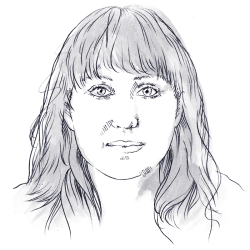

View more of these biotech creations in a slide show: “There may be cases in which we have a moral obligation to use our new tools to intervene, to save animal lives, to prop up ecosystems.” “I don’t think being a good steward is necessarily non-interference,” Anthes told Ray Suarez. In her new book, “ Frankenstein’s Cat: Cuddling up to Biotech’s Brave New Beasts,” science journalist Emily Anthes weighs the ethical implications of scientists’ experiments to transform animals with biotechnology.īiotechnology can be considered scary and dangerous, but Anthes says there are situations where the scientific discoveries are advantageous for animals and for humans.



Their creations include genetically modified organisms such as transgenic rats and glow-in-the-dark cats, and animals with abiotic attachments, such as bionic-footed dogs and cyborg cockroaches.Īnd with experts estimating that scientists use 50 to 100 million animals in labs every year, there is growing concern that about the potential dangers of misusing animals as more become test subjects. With the discovery of DNA and scientists’ ability to isolate and transfer genes across species, it’s possible to produce animals that could have only existed in science fiction stories previously. “And God said, Let us make man in our image, after our likeness: and let them have dominion over the fish of the sea, and over the fowl of the air, and over the cattle, and over all the earth, and over every creeping thing that creeps on the earth.”īut thousands of years ago, the early followers of Judaism and Christianity could not have anticipated the power humans now wield over the animal kingdom. The Old Testament’s Book of Genesis says: Watch their full interview on Monday’s broadcast of the PBS NewsHour. In a web exclusive interview, Emily Anthes, author of the book, “Frankenstein’s Cat,” talks to Ray Suarez about the ethical limits when using animals in biotech research and development.


 0 kommentar(er)
0 kommentar(er)
